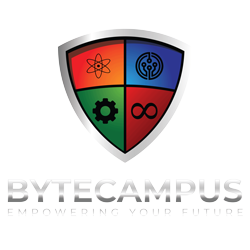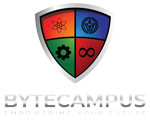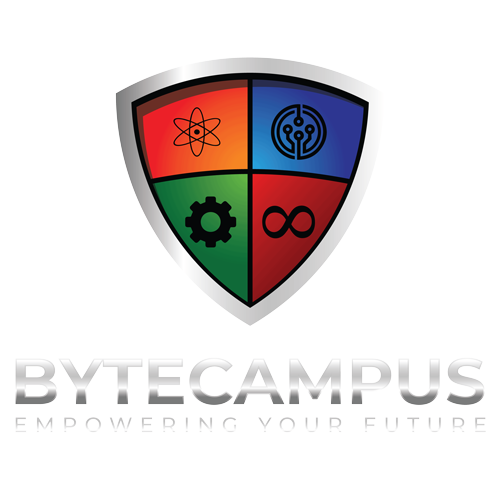Program Overview:
TechTinkerers is an innovative after-school program designed to foster students’ interest and proficiency in STEM (Science, Technology, Engineering, and Mathematics) through hands-on experiences with IoT (Internet of Things) and robotics kits. The program aims to provide an engaging and interactive learning environment where students can develop essential skills such as critical thinking, problem-solving, creativity, and teamwork.
Program Components:
1. Introduction to IoT and Robotics:
2. Exploring IoT Technologies:
3. Robotics Fundamentals:
4. Integration of IoT and Robotics:
5. Advanced Projects and Applications:
6. Collaboration and Showcase:
7. Guest Speakers and Industry Connections:
8. Assessment and Progress Tracking:
85%
Product Quality Index
92%
Energy Generation
Program Requirements:
- IoT and Robotics Kits:
- Provide a variety of IoT and robotics kits suitable for different skill levels.
- Include essential components such as microcontrollers, sensors, actuators, motors, and relevant accessories.
- Computer and Programming Resources:
-
- Ensure access to computers or laptops equipped with programming environments (e.g., Arduino IDE or Python).
- Internet access to explore online resources and share project ideas.
- Trained Instructors/Facilitators:
-
- Employ instructors with a background in STEM education or experience in IoT and robotics.
- Instructors should possess strong teaching and communication skills to engage and motivate students.
- Safety Measures:
-
- Establish safety guidelines and protocols to ensure students’ well-being during hands-on activities.
- Educate students on best practices for handling electronic components and robotics equipment.
5. Documentation and Learning Resources:
- Develop a curriculum guide that outlines the program’s objectives, topics, and project descriptions.
- Create learning materials, tutorials, and reference guides for students to reinforce their understanding and knowledge.
- Encourage students to maintain project documentation, including circuit diagrams, code snippets, and troubleshooting notes.
6. Partnerships and Funding:
- Seek partnerships with local technology companies, universities, or organizations to provide mentorship, resources, or sponsorship.
- Explore grants, sponsorships, or fundraising opportunities to ensure program sustainability and accessibility.
- By designing the TechTinkerers program with IoT and robotics kits, students will have the opportunity to explore, experiment, and create with cutting-edge technologies, fostering a passion for STEM and nurturing the next generation of innovators and problem solvers.


